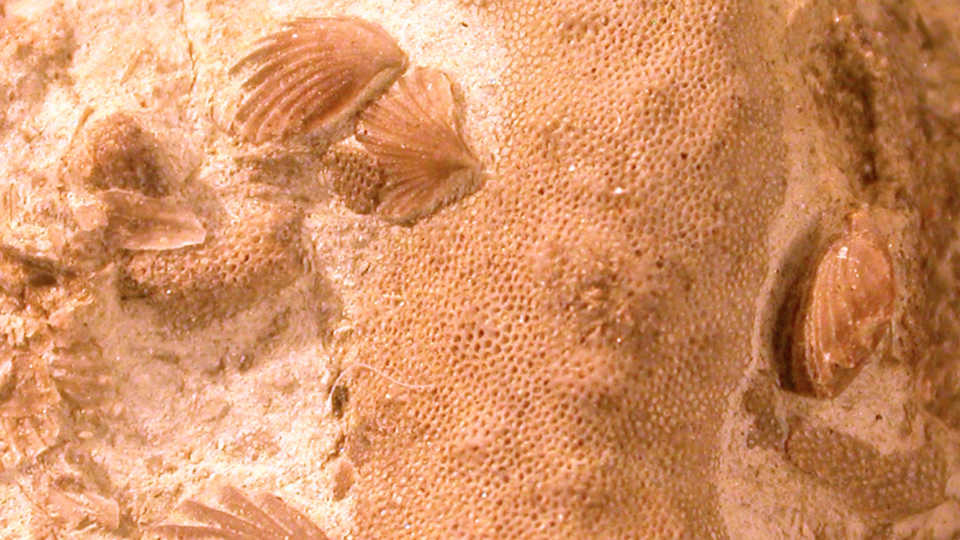Universe Update
Life Adapts or Life Disappears

Life adapts or life disappears. This simple fact can be found in a variety of places fromDarwin’s theory of Natural Selection to Ian Malcom’s statement that, inevitably, “Life, uh, finds a way.” Because life is so adept at adapting, however, the cause's of life's frequent setbacks can be difficult to disentangle. And recent discoveries have prompted scientists to think differently about one such event in Earth's past.
When we look into deep geological timeline, we find many points when life on Earth experienced cataclysmic shifts, when many species underwent a simultaneous die-off—otherwise known as extinction events. The most famous perhaps is the K-Pg event (a.k.a. the K-T event), which ended the age of the dinosaurs and has been widely blamed on a massive extraterrestrial impactor. But the age of the dinosaurs began with an extinction—and the age before that began with extinction—and the age before that… Sensing a pattern here?
Extinction is a coin with two sides: as biodiversity is lost, new forms of life can adapt to fill the vacated ecological niches. The Cambrian explosion was life’s demo reel—trying out new things and seeing what worked. When the Cambrian Period ended (with either an extreme period of glaciation or a suffocating depletion of available oxygen within the ocean environment), new forms of life popped up—some of which we would recognize today as bivalves and plant-like phytoplankton—but this was not an explosion of new forms! Instead, the end of the Cambrian Period saw quick spreading of the successful morphologies that had survived the prior extinction, with a few successful groups adapting and evolving to fill available niches. This rapid spread of a few forms has been called the Great Ordovician Biodiversification Event (GOBE).
The strange thing here is that a very similar thing happened in a few different places at different times. These events must have been linked by some natural phenomenon but what could have caused it? Geologists found embedded zircons in the rocks of that period—sure signs of an asteroid impact! In addition, astronomers discovered that a type of meteorite we call L chondrites mostly came from a single object in space that is thought to have been obliterated around the time of the GOBE. Then, behold, L chondrites were found in these geological layers. It looked like the mystery was solved—asteroids fell in several places around the same time frame and changed conditions to favor a few life forms.
Except that hypothesis has now been challenged!
A recent paper in Nature Communications reports that based on the radioactive decay contained within zircons in the Ordovician strata, the association is not so close. The authors have been able to firmly constrain when the parent object (thought to have been a large stony low-iron content asteroid or planetesimal) for the L chondrites was destroyed, launching its prolific progeny throughout the Solar System—about two million years after the GOBE began. This makes it impossible for the diversification to have been caused by the changes wrought by the meteorites. With many other ideas to choose from, it’s hard to know what exactly caused the GOBE, but it now seems certain that asteroids weren’t to blame. However, even without declaring a clear victor in the “natural selection” of competing hypotheses, the discovery helps us better understand the ancient period and could provide a toolset to judge the timescales of other ancient impacts. And it proves that meteoric events aren’t always the end of the world—even if they pose a challenge to life, life will find a way to adapt!
Image: Wilson44691